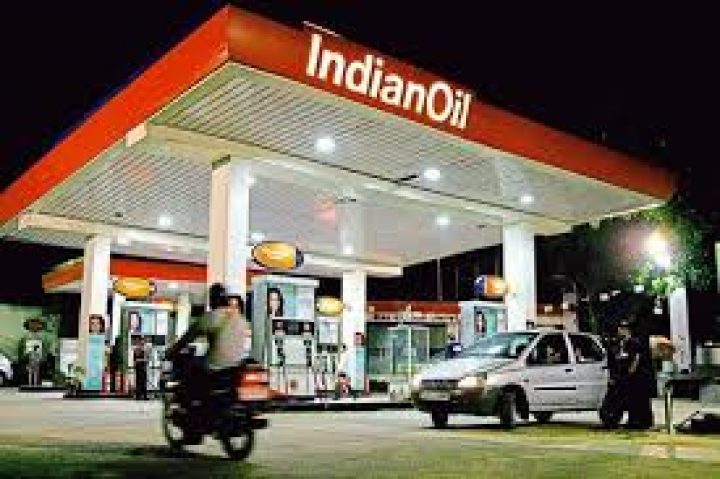
Oil firms face inventory losses as crude prices decline
Mumbai: Oil prices are at a seven-month low of $45.17, having fallen 20.5% since January 2017 following rising crude production in the US, Libya and Nigeria.
Although this is not a cause for worry in the short term for Indian oil marketing companies (OMCs) Indian Oil Corp. Ltd (IOCL), Bharat Petroleum Corp. Ltd (BPCL) and Hindustan Petroleum Corp. Ltd (HPCL), falling crude prices over an extended period could hurt.“A drop in crude oil price for an extended period is never a good news for us. It will impact our GRMs and result in inventory losses,” said an executive from the treasury segment at one of the OMCs, speaking on condition of anonymity.
GRM, or gross refining margin, is the difference between the prices of the refined product and raw crude, or the profit earned on each barrel of crude oil processed.OMCs hold inventory or crude oil stock for about 30-40 days before it reaches the refineries to be processed. Inventory losses occur when OMCs buy crude oil at a particular price, which falls by the time the oil is shipped to refineries and processed. As retail prices are linked to prevailing global crude prices, oil firms book inventory losses.
On Friday, the IOCL stock fell 3.61% to Rs393.55, BPCL dropped 1.86% to Rs642.40 and HPCL fell 3.29% to Rs511.95 on BSE, while the benchmark Sensex closed flat at 31,290.74 points.“Inventory losses for BPCL and HPCL could be around Rs2,000 crore, while for IOCL it could be higher at around Rs4,000-5,000 crore,” said an analyst with a Mumbai-based brokerage that tracks the OMCs. He spoke on condition of anonymity.
“Losses on the marketing front may not be substantial as the companies have moved to daily fuel price revision,” he added.IOCL, BPCL and HPCL did not reply to an email sent on Thursday.IOCL’s inventory loss is usually higher at 40 days, compared to its peers BPCL and HPCL, as its refineries are located away from the coast. IOCL owns and operates 11 of India’s 23 refineries and six of those are located away from the coast. So, inventory holding is higher, resulting in higher inventory losses as compared to the industry.
Refineries located away from the coast use pipelines to transfer crude, leading to higher stock of inventory both in pipeline and at the refinery. Coastal refineries, on the other hand, have a lower inventory stockpile (five to seven days) as crude oil can be transported to refineries from oil-carrying vessels.“Inventory losses are a result of fluctuation in oil prices and does not reflect a company’s hedging strategy. Because IOCL’s refining capacity and inventory holding capacity is more than BPCL and HPCL, losses for them would be one-fourth of that reported by IOCL,” added the analyst cited earlier.
IOCL accounts for a 35% share of national refining capacity.India’s current refining capacity is 230 million tonnes per annum. The public sector accounts for 66%, or 150 million tonnes, of the total capacity, while the private sector accounts for the remaining 34%, or 80 million tonnes.According to equity research firm Arif Habib Ltd, crude oil imports by Japan and India fell by 13.5% year-on-year and 4.2% year-on-year, respectively, in May 2017.
“Gasoline demand in the US dropped to 9.53 mn barrels per day in the last four weeks, down 1.2% Y-o-Y. Moreover, buildup of gasoline stocks by the World’s largest gasoline consumer (US) last week, in times of peak demand season also paints a dreary picture,” Arif Habib said in a report dated 22 June.
Source:livemint.com
Categories: Stock Market
Sorry, comments are closed for this item.
